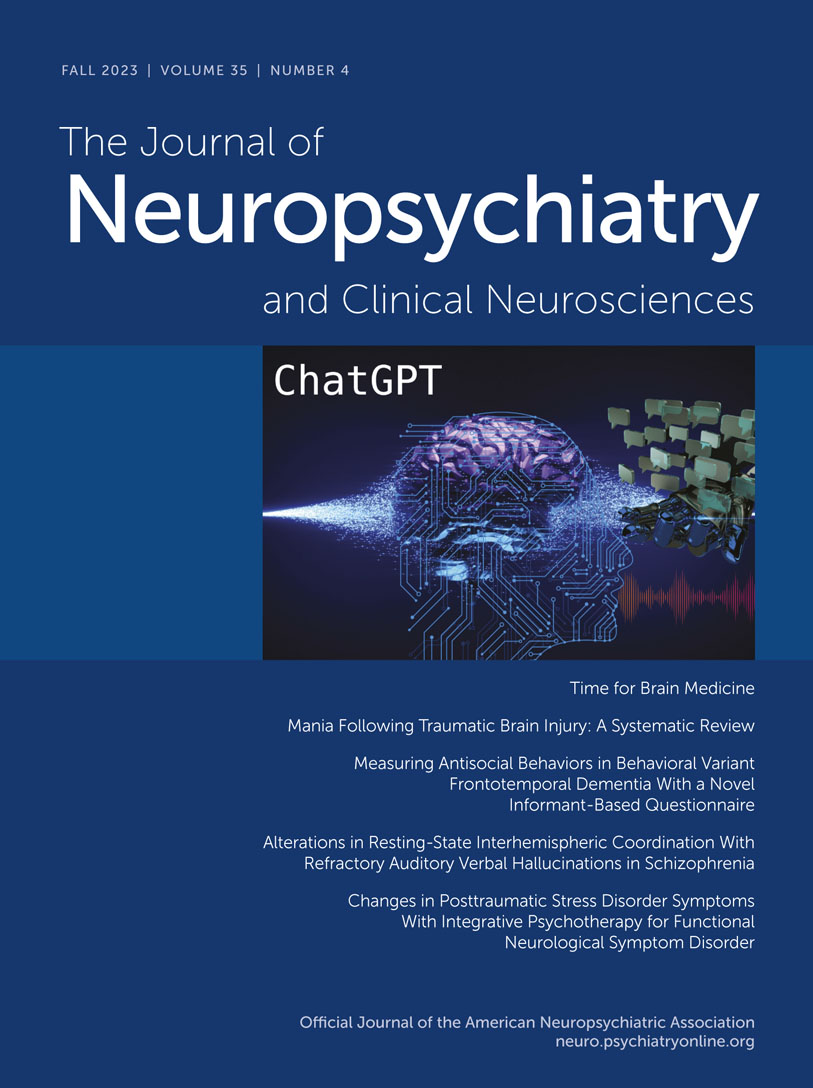Outcome in Pediatric Functional Tic Disorders Diagnosed During the COVID-19 Pandemic
Abstract
Objectives:
The incidence of pediatric functional tics has surged during the COVID-19 pandemic with little known about prognosis. To address this knowledge gap, the investigators examined clinical courses of functional tics diagnosed during the pandemic and explored factors predicting prognosis.
Methods:
Study personnel reviewed electronic medical records of 29 pediatric patients diagnosed as having functional tics between March 1, 2020, and December 31, 2021, and estimated Clinical Global Impression–Improvement (CGI-I) scores at follow-up encounters. Twenty patient-guardian dyads completed telephone interviews. Logistic regression models were used to identify possible predictors of clinical trajectories.
Results:
Of the 29 patients, 21 (82%) reported at least some improvement since diagnosis at the time of the last follow-up, with a median CGI-I score of 2 (much improved). During the telephone interview, 11 of 20 patients noted ongoing interference from tics, and 16 of 20 agreed with the diagnosis of functional tics. Median time from symptom onset to diagnosis was 197 days, with most patients reporting at least a mild reduction of symptoms (CGI-I score <4) at a median of 21 days after diagnosis. At a median follow-up time of 198 days after diagnosis, patients reported significant but not complete improvement. Greater age and longer time to diagnosis decreased odds of improvement within 1 month of diagnosis.
Conclusions:
Most patients showed improvements in but not the resolution of functional tic symptoms after diagnosis. These data support the importance of early diagnosis for functional tics.
Access content
To read the fulltext, please use one of the options below to sign in or purchase access.- Personal login
- Institutional Login
- Sign in via OpenAthens
- Register for access
-
Please login/register if you wish to pair your device and check access availability.
Not a subscriber?
PsychiatryOnline subscription options offer access to the DSM-5 library, books, journals, CME, and patient resources. This all-in-one virtual library provides psychiatrists and mental health professionals with key resources for diagnosis, treatment, research, and professional development.
Need more help? PsychiatryOnline Customer Service may be reached by emailing [email protected] or by calling 800-368-5777 (in the U.S.) or 703-907-7322 (outside the U.S.).



